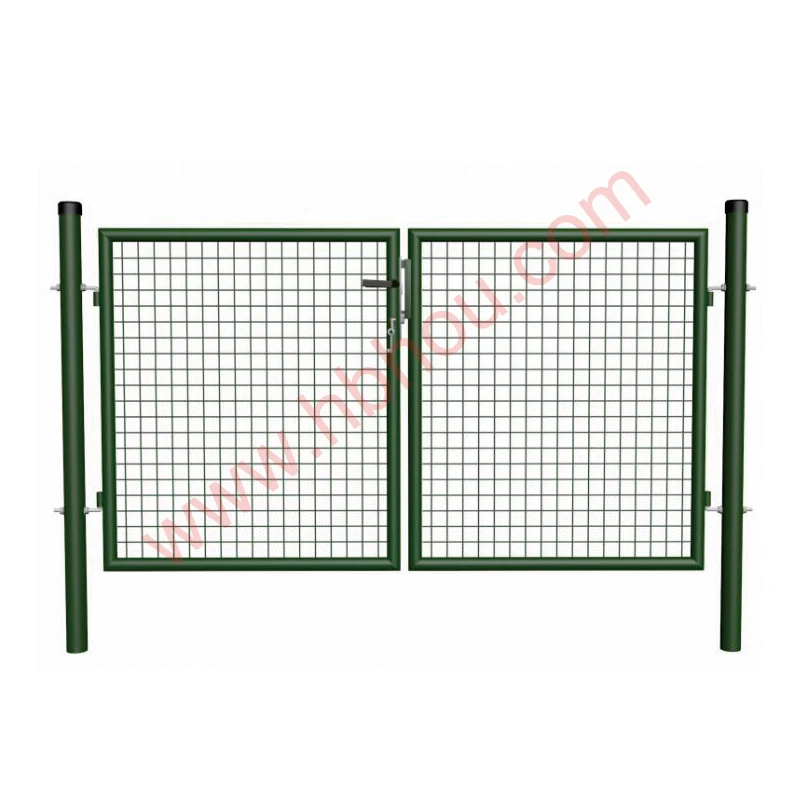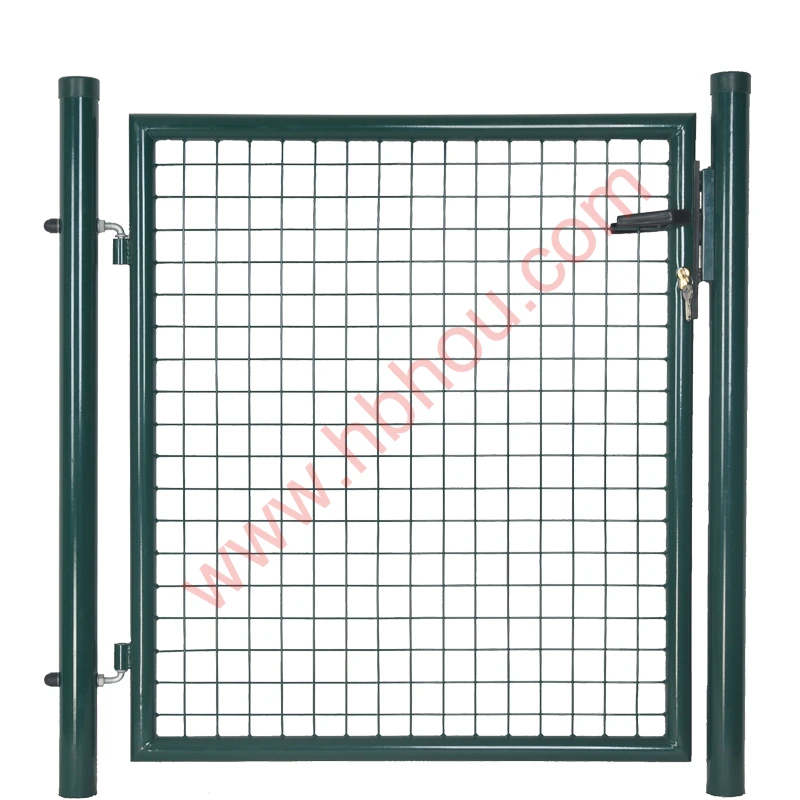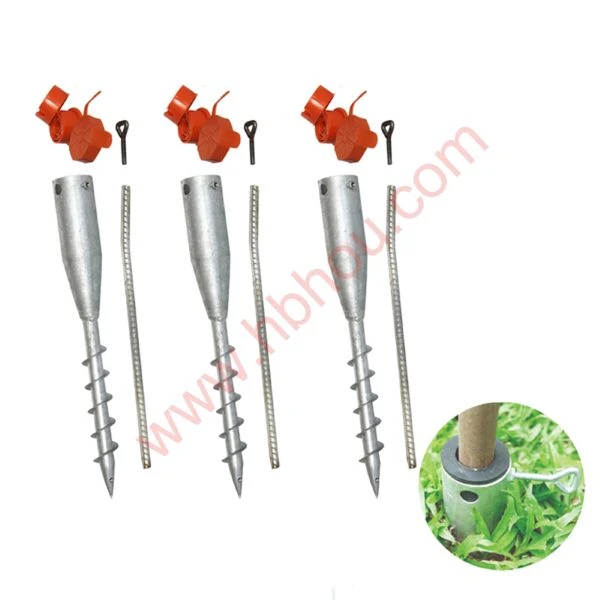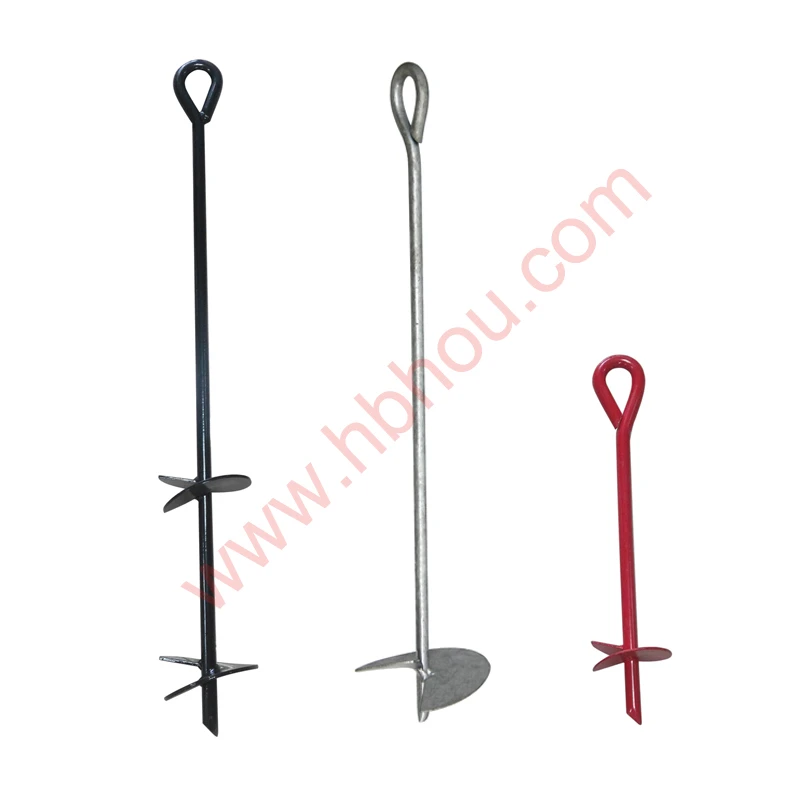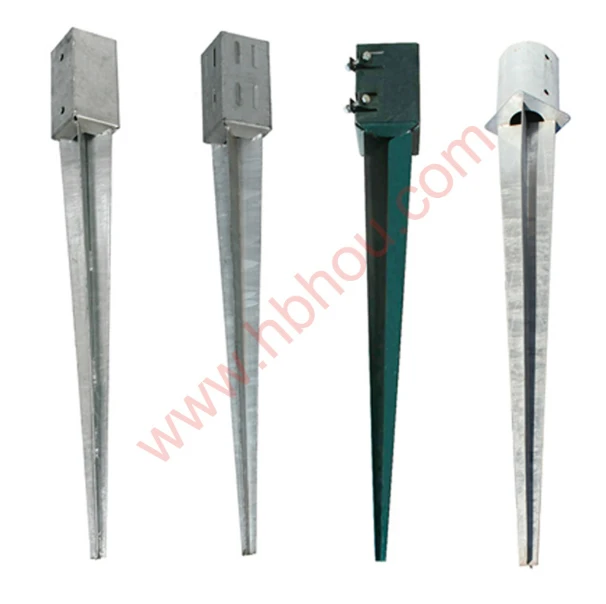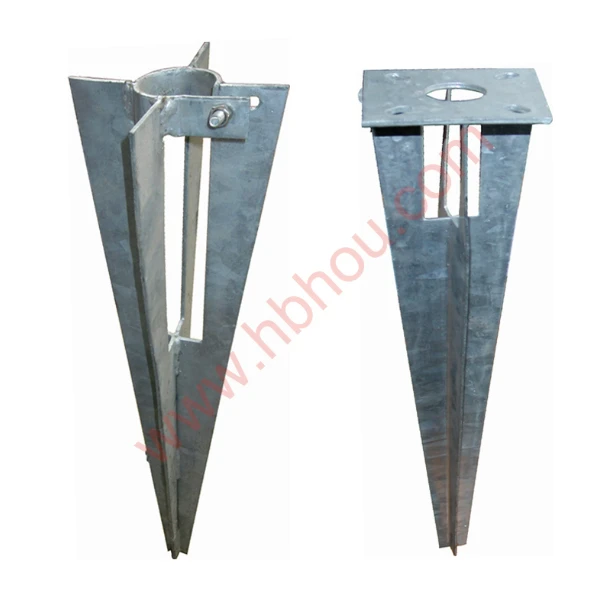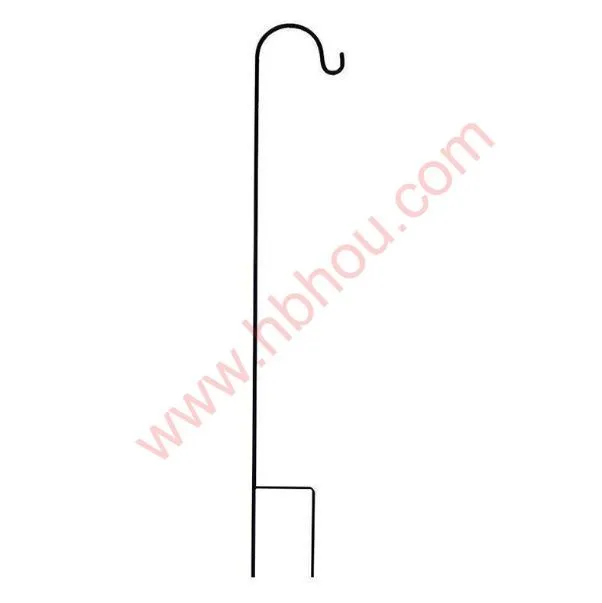
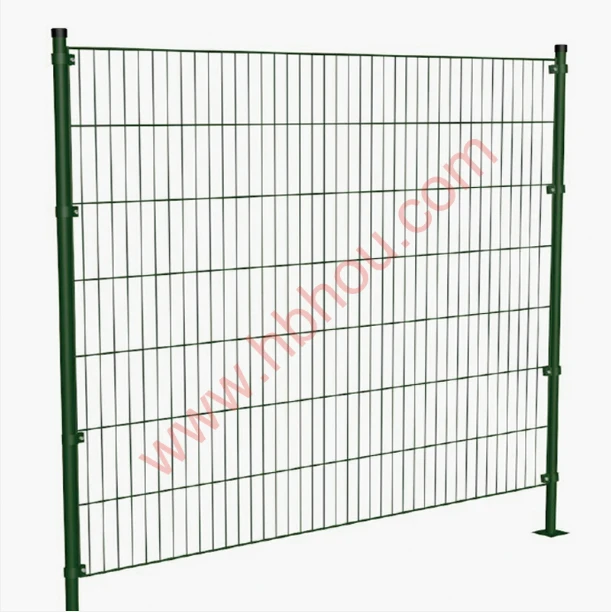
4. Secure Loose or Leaning Posts Check the stability of fence posts. If any are loose or leaning, reinforce them by driving new posts deeper into the ground alongside the existing ones, using a fence post driver. Ensure the posts are firmly set to withstand future tension. 5. Retension the Wire With the posts secure and the wires repaired, use a wire tensioner to restore proper tension. Make sure the wire is taut but not so tight that it risks snap under pressure. Retensioning ensures the fence maintains its structural integrity and deterrence capabilities. Preventative Maintenance Tips 1. Regular Inspections Conduct periodic checks of your fence, especially after storms or harsh weather, to spot potential weaknesses early. Addressing minor issues promptly prevents costly repairs down the line. 2. Quality Materials Invest in high-quality, galvanized wires and sturdy posts during initial installation to mitigate the risk of rust and deterioration. 3. Environmental Considerations Consider environmental factors such as soil erosion or flooding that might affect the fence's stability. Implement necessary countermeasures, like adding drainage or stabilizing the soil around posts. 4. Wildlife Control For fences in wildlife-prone areas, install additional deterrents like extra barbed strands or electrified wires to avoid frequent damage. The Science and Art of Fencing Barbed wire fencing, though seemingly simple, integrates scientific principles of tension and engineering with the art of rural craftsmanship. Each repair session is not just an act of maintenance but a testament to enduring traditions of land stewardship and property protection. By combining reputable materials, informed techniques, and regular upkeep, you ensure that your fence remains a steadfast guardian of boundaries and an exemplar of durability. In conclusion, repairing a barbed wire fence is not merely a task but a skill honed through experience and dedication. Through methodical inspection, precise repair, and strategic maintenance, any property owner can uphold the fence's integrity, ensuring safety and security for years to come.
Prev:









